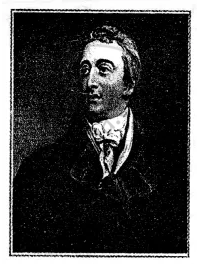Advertisements
Advertisements
Question
This is the picture of a Governor-General.

What do you understand by ‘Sati’? Who put an end to this practice and why?
Solution
Sati was an inhuman practice of widow immolation at the funeral pyre of her husband. It was prevalent in many parts of India, especially in Bengal. Lord William Bentinck abolished Sati in 1829.
APPEARS IN
RELATED QUESTIONS
Fill in the blanks:
The Grand Trunk Road from ___________ to __________ was reconstructed by the British in the 19th century.
State whether the following is true or false:
The development of transport and communication systems did not benefit Indians in any way.
Answer the following question in one or two words/sentences:
Why did the Indian peasants begin to grow cash crops?
Answer the following question in one or two words/sentences:
What were the drawbacks of Warren Hastings’s five-year revenue settlement?
Answer the following question in one or two words/sentences:
What was the significance of the Charter Act of 1813 in the context of British educational policy in India?
Answer the following question briefly:
With reference to the transport and communication system in India, answer the following question:
How did the railways serve the interests of the British?
Answer the following question briefly:
With reference to the transport and communication system in India, answer the following question:
Explain how the improved transport and communication system proved beneficial for Indians.
Answer the following question:
Mention the social evils prevalent in India during British rule.
Answer the following question:
Discuss various aspects of the drain of wealth.
This is the picture of a Governor-General.

Mention four social reforms introduced by the British.
